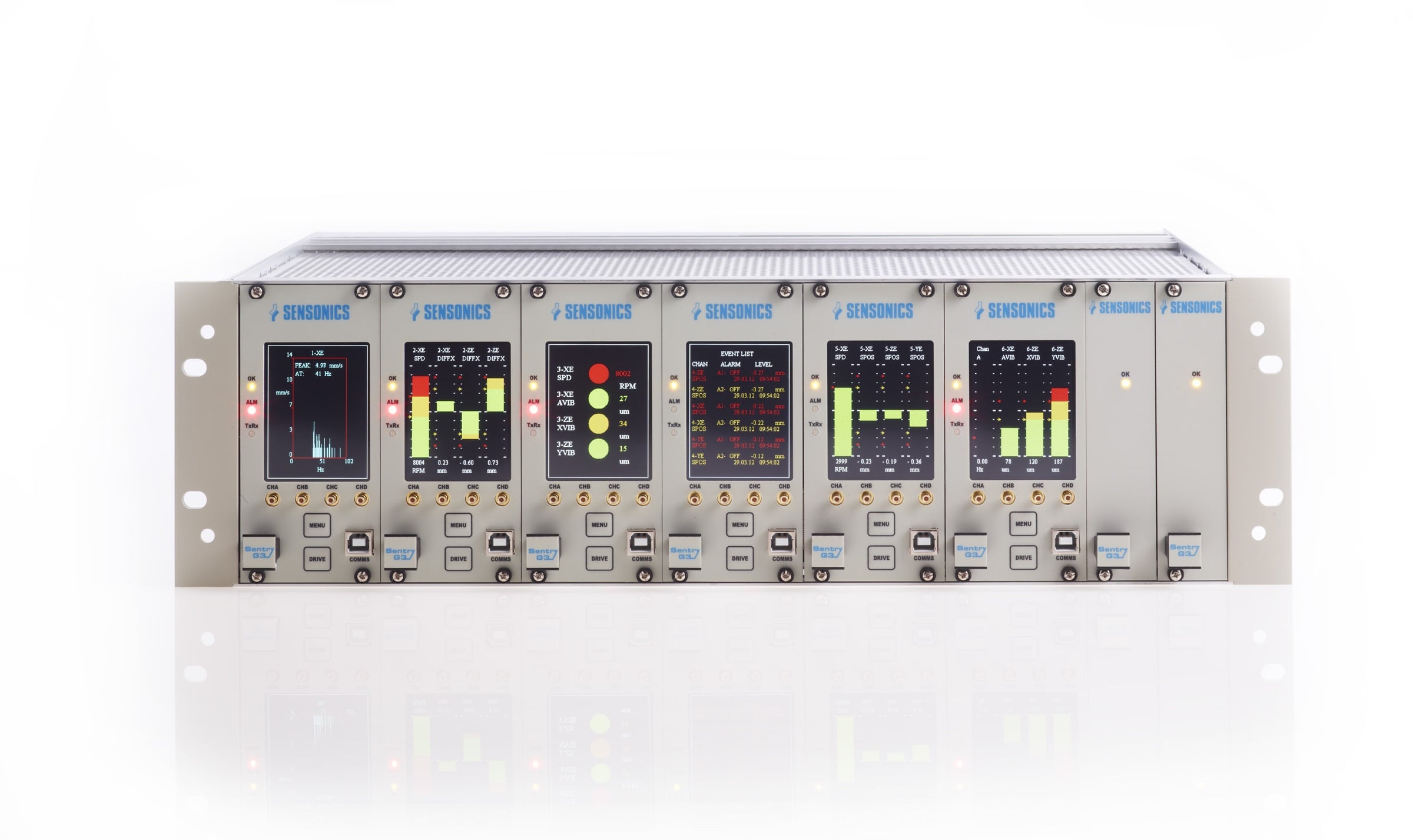How Does A Turbine Supervisory System Interface With A Power Station DCS?
The interface between a Turbine Supervisory System (TSS) and a Distributed Control System (DCS) involves both digital and analogue communication. Here's how a TSS typically interfaces with a power station DCS, including analogue outputs:
Sensor Input to TSS:
The TSS monitors various parameters of the turbine through sensors such as temperature, pressure, speed, and vibration sensors. These sensors provide analogue signals representing real-time conditions of the turbine.
Analogue-to-Digital Conversion (ADC):
Analogue signals from the sensors are converted to digital signals through Analogue-to-Digital Converters within the TSS. This conversion is necessary for processing and transmission of the data.
Digital Communication Protocol:
The TSS communicates with the DCS using a digital communication protocol, such as Modbus, OPC, or a proprietary protocol. Digital communication allows for efficient and accurate transmission of data between the TSS and the DCS.
Digital Inputs to DCS:
The TSS sends digital signals to the DCS, conveying information about turbine parameters, status, and alarms. These digital inputs are processed by the DCS for monitoring and control purposes.
Analogue Outputs from TSS:
In addition to digital signals, the TSS may provide analogue outputs to the DCS. These analogue outputs could represent control signals, setpoints, or other continuous parameters related to the turbine's operation.
Digital-to-Analogue Conversion (DAC):
If the DCS needs to control analogue devices or systems within the power station, the digital signals received from the TSS may undergo Digital-to-Analogue Conversion within the DCS. This conversion is necessary for driving analogue actuators or devices.
Integration with DCS Control Modules:
The DCS typically includes control modules responsible for managing various aspects of the power station. The analogue outputs from the TSS are integrated into these control modules, allowing the DCS to influence the operation of the turbine and other related systems.
Analogue Control Loops:
The DCS may use the analogue outputs from the TSS to close control loops that regulate parameters like turbine speed, temperature, or pressure. These control loops help maintain optimal operating conditions and respond to changes in load or other external factors.
Feedback Control:
Analogue signals from sensors within the turbine system can be fed back to the DCS through the TSS. This feedback is essential for closed-loop control strategies, where the DCS adjusts setpoints based on real-time conditions.
In summary, the interface between a TSS and a power station DCS involves the conversion of analogue signals from turbine sensors to digital signals for communication. The TSS may also provide analogue outputs to the DCS, influencing the control of various parameters within the power station.
For more information visit https://www.sensonics.co.uk/turbine-supervisory-instrumentation or contact the Sales Office at Sensonics Ltd.



